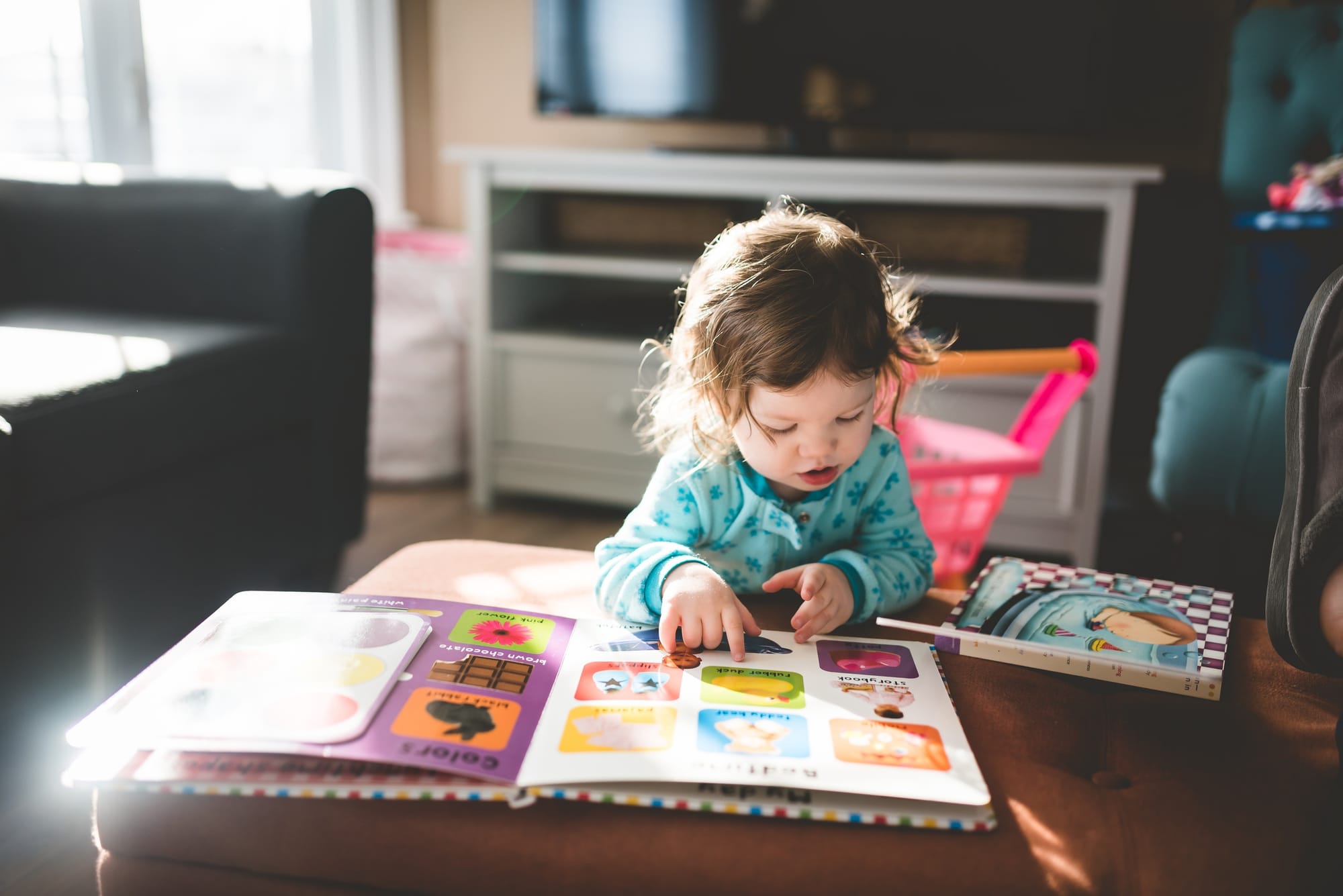Saying Goodbye: Strategies to Ease Separation Anxiety in Your Toddler at Childcare

Saying goodbye can be a challenging and emotional experience for both toddlers and parents when it comes to leaving their child at childcare. Separation anxiety is a common struggle among young children and can make drop-offs a tearful and stressful time. However, there are strategies that parents can implement to ease this separation anxiety and help their toddler feel more comfortable and secure at childcare.
1. Establish a consistent routine:
- Creating a consistent routine can give your toddler a sense of security and predictability. Try to follow the same drop-off routine every day, such as saying goodbye at a specific spot or engaging in a particular activity before leaving.
- Consistency helps your toddler understand what to expect, which can reduce their anxiety and make drop-offs easier.
2. Prepare your toddler in advance:
- Talk to your toddler about going to childcare and what they can expect during the day. Explain why it's important for them to attend childcare and reassure them that you will always come back to pick them up.
- Read books about going to preschool or childcare to familiarize them with the concept. You can also create a visual schedule to show them the daily routine at childcare.
- Conside rif their dummy / pacifier will help or hinder. If you child is aged 2 years or above it is time to find a unique dummy removal solution and ditch your childs dummy.
3. Gradually increase separation time:
- If your toddler has severe separation anxiety, start by leaving them for short periods of time and gradually increase the duration. This helps them build trust and confidence that you will return.
- For example, you can initially leave them for 15 minutes and gradually extend it to 30 minutes, an hour, and so on. This gradual separation allows your toddler to adapt to the childcare environment and become more comfortable being away from you.
4. Develop a goodbye ritual:
- Create a special goodbye ritual that you and your toddler can practice every day. This ritual can be something simple, like a special handshake or a goodbye song, that signifies the start of the day at childcare.
- Having a personalized ritual can help your toddler feel more connected to you even when you're not physically present.
5. Stay positive and confident:
- Children often mirror their parents' emotions, so it's crucial to stay positive and confident during drop-offs. If you appear anxious or sad, your toddler is more likely to feel the same way.
- Show enthusiasm about them attending childcare and highlight the fun activities they will get to do. This positive attitude can help alleviate their anxiety and make the transition smoother.
6. Establish a relationship with the caregivers:
- Building a positive relationship with the caregivers at the childcare center can make a significant difference in easing separation anxiety. Take the time to talk to the caregivers, ask questions about your toddler's day, and show interest in their work.
- When your toddler sees that you trust and feel comfortable with the caregivers, they are more likely to feel secure and at ease in their presence.
7. Bring a transitional object:
- A transitional object, such as a small toy or blanket, can provide comfort and familiarity to your toddler during the transition from home to childcare.
- Encourage your toddler to bring their special object with them to childcare. Having something familiar from home can provide a sense of security and reduce separation anxiety.
8. Communicate with the childcare staff:
- Stay in regular communication with the childcare staff to gain insights into your toddler's experience. Ask about their day, any challenges they faced, and how they generally handle separation anxiety.
- By staying informed, you can work together with the childcare staff to find strategies that best support your toddler's needs.
9. Practice short visits:
- If your toddler is starting at a new childcare facility or transitioning from a different one, consider practicing short visits before their first full day. This can help them become familiar with the environment and the people.
- Starting with an hour-long visit and gradually increasing the duration can provide a stepping stone for your toddler to adjust to the new setting and reduce separation anxiety.
10. Avoid prolonged goodbyes:
- As tempting as it may be to stay until your toddler stops crying, prolonged goodbyes can actually prolong their distress and make the separation more difficult.
- Keep the goodbye process brief and consistent to establish a routine and help your toddler understand that leaving is a normal part of the day.
Remember, it's normal for toddlers to experience some level of separation anxiety when leaving their parents. However, with patience, consistency, and understanding, parents can implement these strategies to ease their child's anxiety and help them feel more comfortable and secure at childcare.
Separation anxiety can be a challenging time for both parents and toddlers, but these strategies can make the process smoother and more manageable. By establishing routines, preparing your toddler in advance, and gradually increasing separation time, you can help them feel more secure and confident in their childcare environment. Remember to stay positive, communicate with the caregivers, and create a goodbye ritual that your toddler can rely on. With time and patience, your toddler will grow more comfortable with saying goodbye and develop the resilience needed to thrive in childcare.